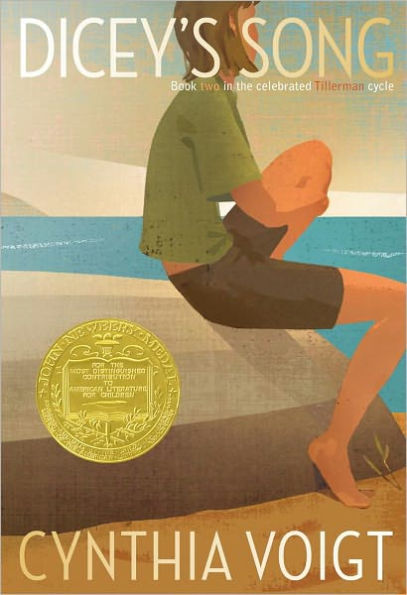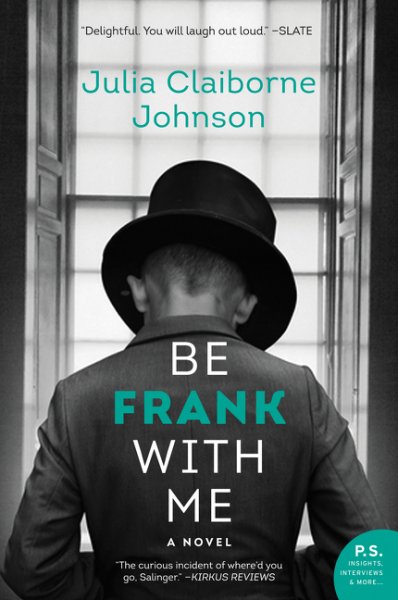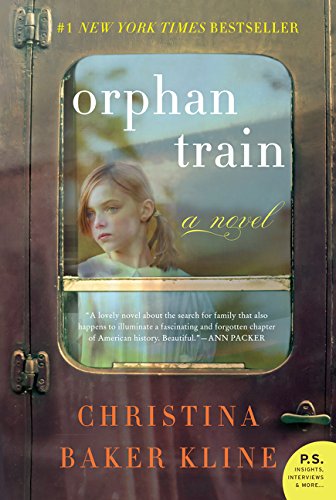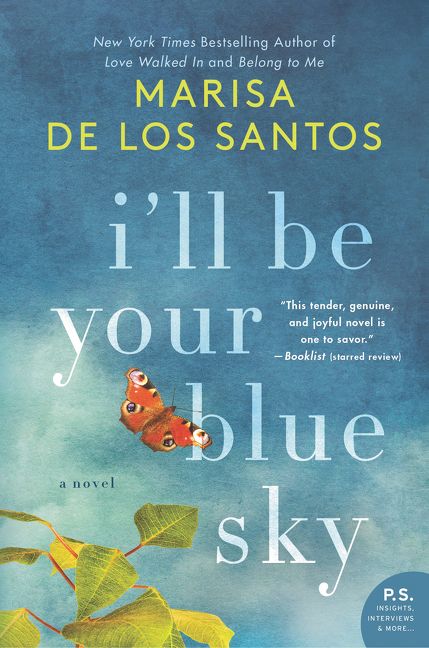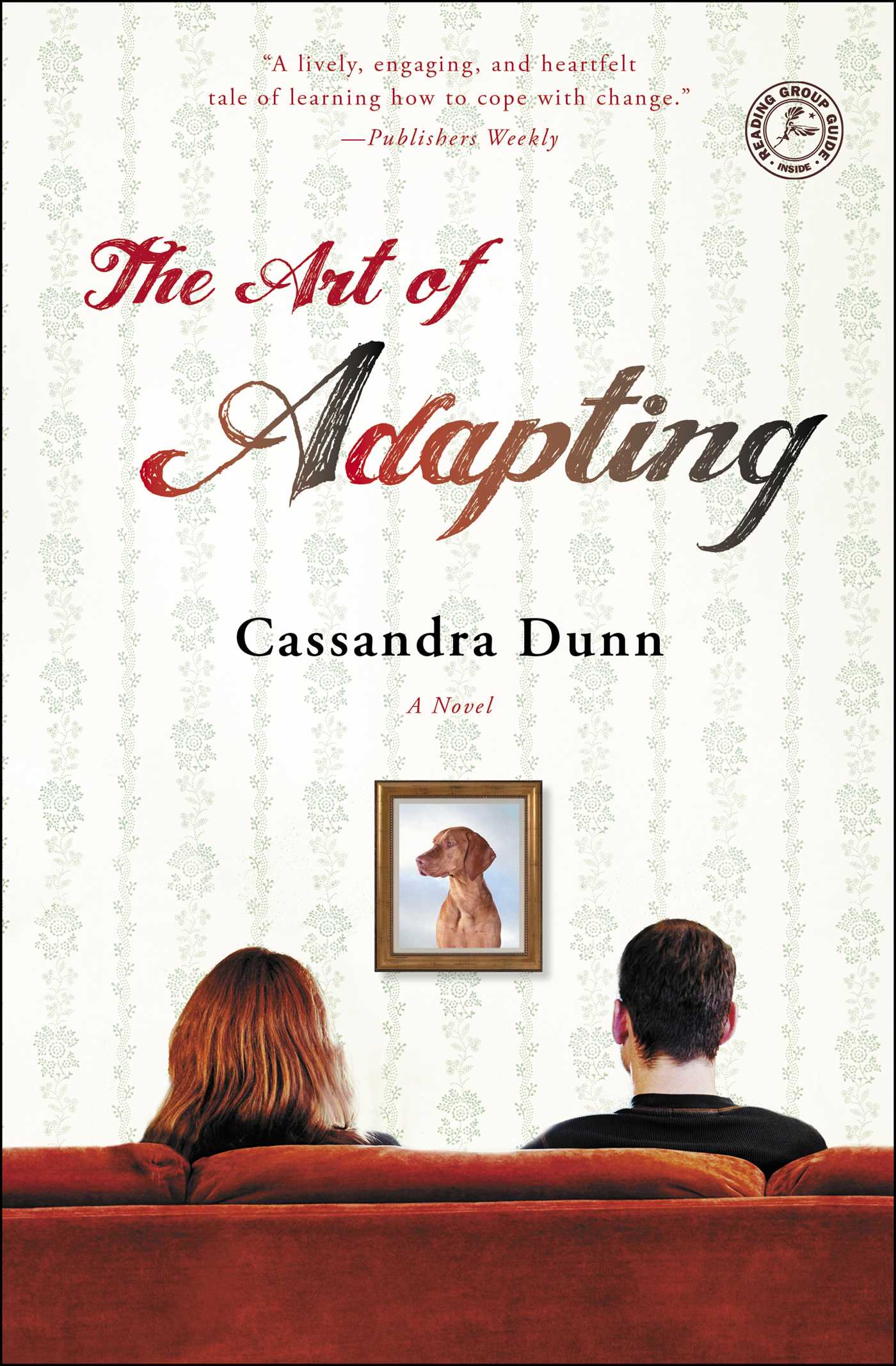While my last novel, WHY CAN’T I BE YOU, had a heavy focus on the commonalities we share with members of our own generation, my life is also much brighter because of the friendships I’ve formed with people outside my own age group. So I wanted to honor multigenerational friendships in my new novel, SWIMMING FOR SUNLIGHT. The story follows divorced Katie Ellis (and her dog, Bark) as she moves in with her grandmother Nan and finds a new sense of belonging in Nan’s circle of friends. Nan, who was a mermaid performer in her youth, is calling on her old troupe members to put together a mermaid reunion. As Katie helps out, she learns lessons about vitality and friendship that change her life forever. Inspired by Katie and Nan, here are some of my favorite books with multigenerational friendships.

6 Cross-Generational Novels for Friends of All Ages
Evelyn Couch gets dragged along when her husband visits his mother in a nursing home, where Evelyn befriends Ninny Threadgoode, one of the other nursing home residents. During their visits, Ninny tells Evelyn an epic story about the Whistle Stop Cafe and the women who ran it, and also gives Evelyn guidance and perspective about everything from self-esteem to menopause. This book is full of humor, heart, and straight-up wisdom. I read FRIED GREEN TOMATOES for the first time as a teenager and am deeply thankful Fannie Flagg’s views of womanhood, friendship, aging, and vitality helped shape mine.
This fresh and folksy classic is brimming with good barbeque and Southern charm while tackling heavy subjects with grace and subtlety. In 1930s Alabama, two women run a small-town cafe with love and integrity, surviving visits from the local sheriff, the terror of the Ku Klux Klan, and the rigors of the Great Depression.
This is the second book in the brilliant Newbery Medal–winning Tillerman series. Dicey Tillerman, a teen tasked with caring for her younger siblings when her mentally ill mother goes missing, has found sanctuary for her family at their estranged grandmother’s house. Dicey struggles with allowing her grandmother to take on some of the burden of her responsibilities, and finds a greater understanding of herself through the relationship she and Gram forge in the midst of family crisis. I reread this book recently and was especially moved by the respect Gram shows for the depth of Dicey’s experience despite her young age and the authentic way they build common ground from a rocky start.
The Newbery-winning novel in Cynthia Voigt’s timeless series is repackaged with a modern look.
When Momma abandoned Dicey Tillerman and her three siblings in a mall parking lot and was later traced to an asylum where she lay unrecognizing, unknowing, she left her four children no choice but to get on by themselves. They set off alone on foot over hundreds of miles until they finally found someone to take them in. Gram’s rundown farm isn’t perfect, but they can stay together as a family—which is all Dicey really wanted.
But after watching over the others for so long, it’s hard for Dicey to know what to do now. Her own identity has been so wrapped up in being the caretaker, navigator, penny counter, and decision maker that she’s not sure how to let go of some responsibilities while still keeping a sense of herself. But when the past comes back with devastating force, Dicey sees just how necessary—and painful—letting go can be.
MENTIONED IN:
Twenty-four-year-old Alice Whitley is sent to Los Angeles by her literary agent boss to ensure that reclusive author M. M. Banning finishes her next book without a hitch, and becomes the unwitting caretaker of Banning’s nine-year old son, Frank. Brilliant, sensitive, and obsessed with classic movies, Frank is not like other children. While Alice is at first baffled by Frank and his many rules, eventually she starts to see the world through Frank-colored glasses…or vintage aviator goggles.
What do you do with an “eccentric” child whose personal style recalls 1930s Hollywood? What do you do with his mother, a J. D. Salinger–type author who, after falling prey to a Ponzi scheme, must hire someone to take care of her son while she finishes her long-awaited second book? In short, BE FRANK WITH ME is a sweet story of a family, born and made, in all its unconventionality.
Molly, a teen in the foster care system, finds unexpected friendship when she’s tasked with helping 91-year-old Vivian clean her attic. Molly discovers that Vivian was an orphan too, sent on a train to the Midwest after tragedy struck her family. As we learn more about Molly’s present turmoil and Vivian’s harrowing past, their reluctant pairing grows into a relationship that helps both women heal and highlights the ageless desire for belonging.
This unforgettable story highlights a little-known but significant movement in America’s past—between 1854 and 1929, so-called orphan trains ran regularly from the cities of the East Coast to the farmlands of the Midwest, carrying thousands of abandoned children. Rich in detail and epic in scope, this is a powerful novel of upheaval and resilience and the secrets we carry that keep us from finding out who we are.
On the eve of her wedding, a conversation with an elderly stranger named Edith, convinces Claire Hobbes to call off the marriage. Weeks later, Claire learns Edith has passed away, leaving her a seaside bed-and-breakfast in Delaware and a mystery to solve. Learning about the path of Edith’s life helps Claire figure out how to move forward with her own life, and is advice we can all take to heart.
MENTIONED IN:
When newly single mom, Lana, invites her brother, Matt, to live with her after a medical crisis, everyone needs to learn to adjust to their new reality. This book is a beautiful family drama about redemption, change, recovery, and self-acceptance. The relationships Matt (who has Asperger’s) develops with his niece, Abby, and nephew, Byron, provide a compelling look at the gift of different perspectives. I particularly love how Matt’s astute observations of Abby make her feel seen and supported when she’s felt invisible, and how that allows Matt to realize the positive impact he can have on his loved ones simply by being himself.
In this “intriguing and moving” (Examiner.com) first novel, a recently separated woman rises to the challenge and experiences the exhilaration of independence with the unlikely help of her brother with Asperger’s.
Seven months after her husband leaves her, Lana is still reeling. Being single means she is in charge of every part of her life, and for the first time in nineteen years, she can do things the way she always wanted to do them. But that also leaves her with all the responsibility. With two teenage children—Byron and Abby, who are each dealing with their own struggles—in a house she can barely afford on her solo salary, her new life is a balancing act made even more complicated when her brother Matt moves in.
Matt has Asperger’s syndrome, which makes social situations difficult for him and flexibility and change nearly impossible. He only eats certain foods in a certain order and fixates on minor details. When Lana took him in, he was self-medicating with drugs and alcohol to numb his active mind enough to sleep at night. Adding Matt’s regimented routine to her already disrupted household seems like the last thing Lana needs, but her brother’s unique attention to detail makes him an invaluable addition to the family: he sees things differently.
A “lively, engaging, and heartfelt tale of learning how to cope with change” (Publishers Weekly), The Art of Adapting is a feel-good story that celebrates the small moments and small changes that add up to one great life.
MENTIONED IN:








